UCSB students schooled administrators on how to build more dorms — with actual windows

- Share via
I will not rest until I eat at every mapo tofu spot outlined in this story (which comes with the cutest tofu animation). I’m Carolina A. Miranda, arts and urban design columnist at the Los Angeles Times, and boy, have I got an arts newsletter for you:
The youth shall lead them
A Zoom forum on land use and development is not generally the sort of thing I’d recommend for anyone in search of gripping screen time. But a presentation this week led by students at UC Santa Barbara was not only informative; it was also something to revel in.
The topic at hand? Munger Hall, a.k.a. “Dormzilla,” the warehouse-sized dormitory proposed (and designed) by billionaire non-architect Charlie Munger — a building whose primary architectural feature consists of sleeping rooms that lack windows and therefore access to fresh air and natural light. In lieu of windows, his concept features LED lights — “virtual windows” — that can be adjusted to mimic daylight patterns. As I have previously reported, the proposal flies in the face of years of research on the importance of having access to natural daylight in architecture.
Munger Hall generated a media uproar last year after architect Dennis McFadden resigned from UCSB’s design review committee in protest, noting that Munger’s design was “unsupportable from my perspective as an architect, a parent and a human being” and that its implementation was steamrolling the university’s customary design processes.
Largely left out of the process were students — the very people who would have to inhabit what is essentially the human version of Public Storage.
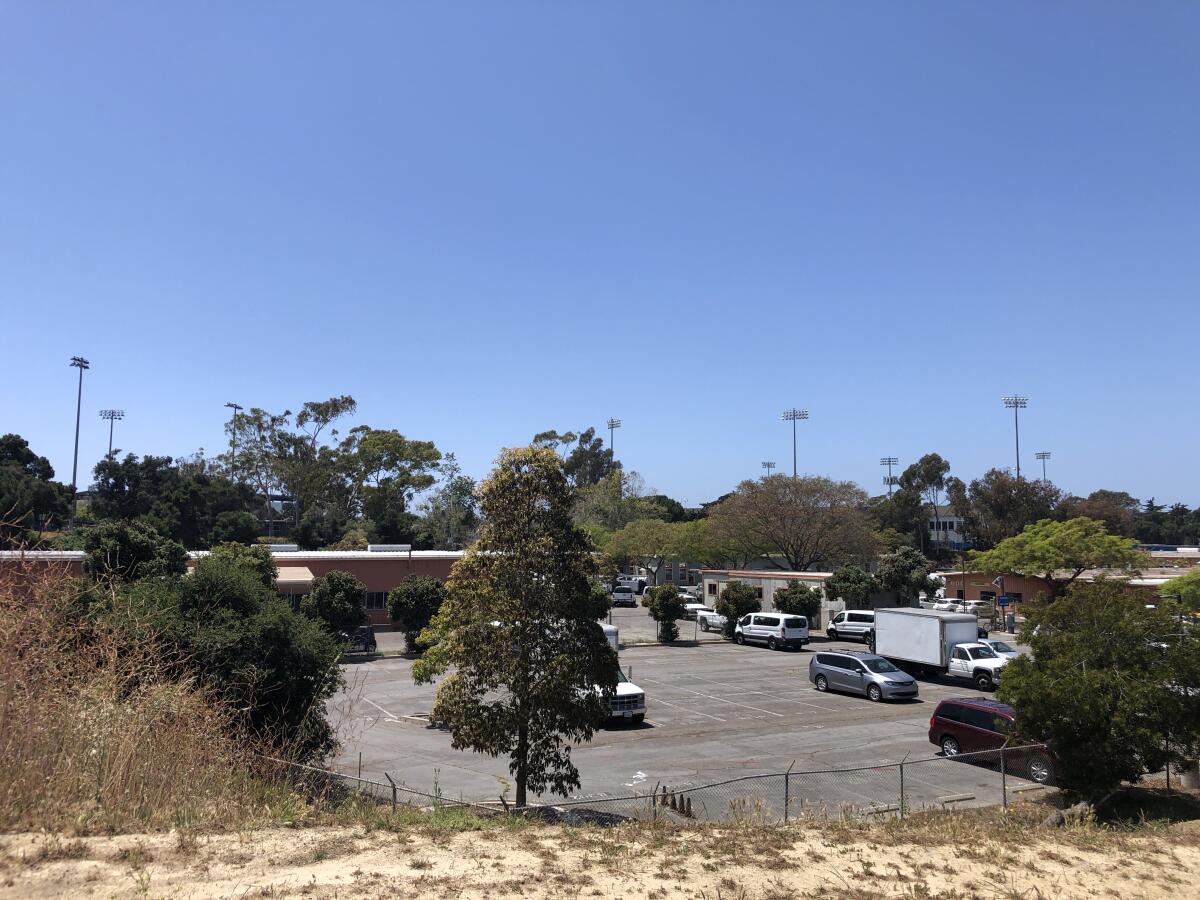
No longer.
On Wednesday evening, a class of environmental studies students led by lecturer Rita Bright, who manages the city of Carpinteria’s advanced planning division, staged a public forum at UCSB that schooled university administrators on what a professional planning process looks like.
Working together, the 43 students analyzed UCSB’s Long Range Development Plan; a host of environmental and zoning restrictions, including California’s Coastal Act (which governs part of the university’s land); as well as the Munger proposal. In response, they drafted their own student alternative master plan — one that met a dozen objectives, including housing 50% of the university’s student population and maintaining the aesthetic feel of the campus.
Object No. 7: “Provide fundamental quality of life standards for campus housing, which includes natural ventilation and light in every bedroom and living room and common space.” (Italics mine.)
Make the most of L.A.
Get our guide to events and happenings in the SoCal arts scene. In your inbox once a week.
You may occasionally receive promotional content from the Los Angeles Times.
The students then presented their alternative plan at a community forum held at the university’s Campbell Hall that was streamed online. Members of the community were invited to provide public comment.
Among the specific recommendations listed in the student plan were:
- Build at a smaller scale at the site of the proposed Munger building, currently a facilities maintenance site.
- Build on land currently being occupied by surface parking (Lot 16), conveniently located near preexisting transportation and other infrastructure.
- Expand dorms on the southeastern edge of campus by building three-story towers over preexisting one-story dining halls.
- Expand and/or replace low-density structures, starting with a block of older apartments that are currently in need of renovations and upgrades.
The plan adds anywhere from 3,731 to 6,573 beds to the campus — in the ballpark of Munger Hall, which adds 4,536.
In addition, as the students pointed out in their presentation, their proposal adheres to codes established by UCSB’s Long Range Development Plan and the Coastal Act. The Munger Hall proposal, on the other hand, will require various amendments to the long-range plan, as well as approval from the Coastal Commission because the site intrudes onto a buffer zone for sensitive wetland habitat.
As part of her presentation, student Audrey Lucio read from the university’s stated sustainability guidelines as listed in the development plan. These include: “Create superior places to study, work and live that enhance the health and performance of building occupants.”
The kids have got receipts.
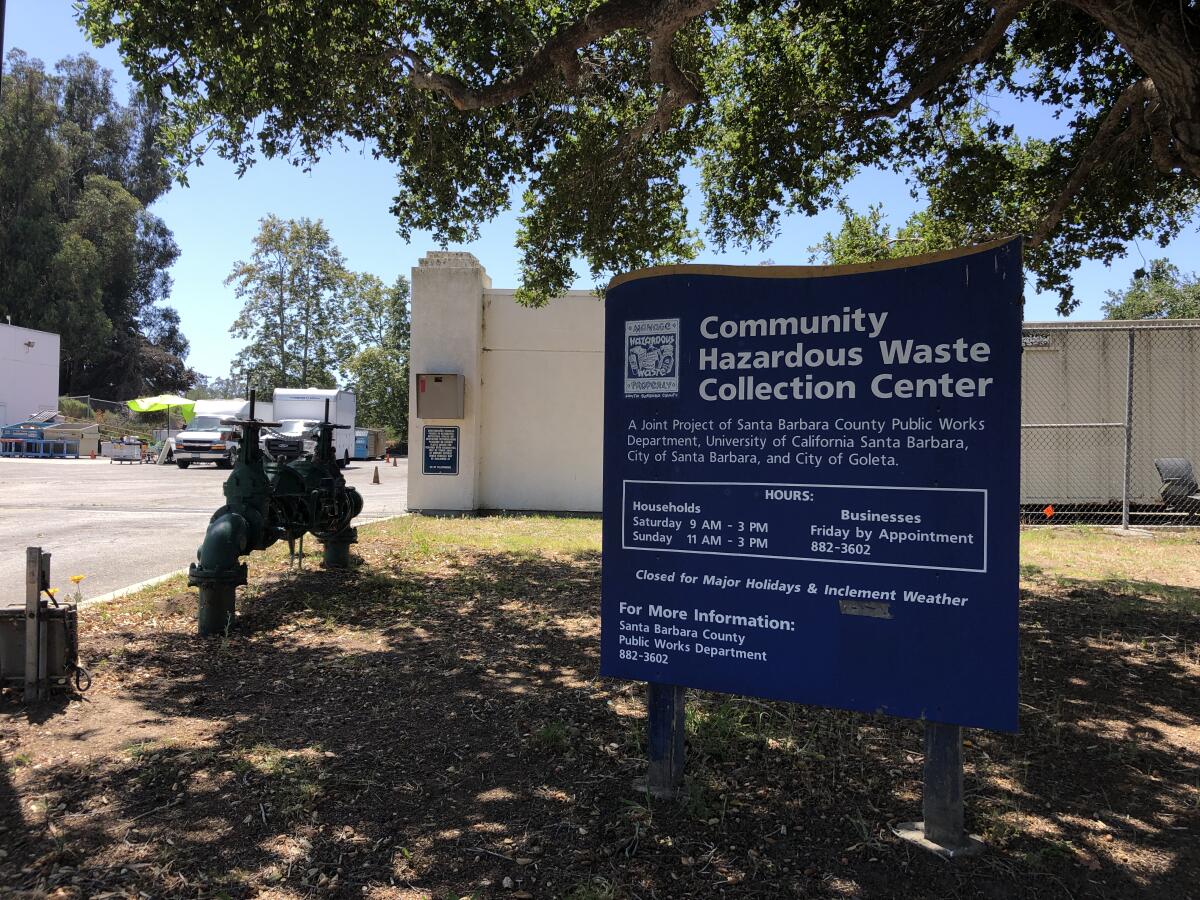
Also invited to the forum was professor emeritus Gene Lucas, who represented the university’s — and therefore Munger’s — position.
He noted that Munger Hall would provide critical housing infrastructure at a time when a university housing crunch had left students sleeping in hotel rooms and even their vehicles. Lucas encouraged students to check out a mockup of the Munger Hall dormitory that just became available for viewing on campus, noting that students tend to feel more favorably toward the project once they have seen the prototype. (A spokesperson for UCSB said that the mockup was currently only open to students, faculty and staff.)
He also stated that the term “windowless dormitory” was technically incorrect, since Munger Hall would have 972 operable windows — just not in the vast majority of the sleeping areas. (If he wants to get into semantics, I would argue that he drop the term “virtual windows,” since the very definition of a window is an opening that admits light and air, while a “virtual window” is an LED light.)
Lucas also stated that if “major revisions” were required of Munger’s plan, he’s “not sure that the donor is going to be interested in providing a contribution.”
More semantics: Munger is no donor. He’s holding the university hostage.

Munger Hall is a bad idea for a host of reasons that have been articulated ad nauseam since the design was first unveiled. But it is especially terrible for the precedents it would set.
“If the leading public university of the most progressive state in the U.S. enthusiastically endorses the idea of putting thousands of its students in windowless rooms, who will lose windows next in the name of density and efficiency?” wrote architect Juan Miró, chair of UT Austin’s School of Architecture, in an impassioned essay published in ArchDaily in January. “Other students? Prisoners? Refugees? Low income and relocated homeless populations? Seniors? Immigrants?”
A university building isn’t just a building — it’s a structure that offers generations of students a model for ways in which to think about, inhabit and build new worlds. It should be a model worth replicating. And it should — at the very least — attempt to embody the university’s own stated ideals.
As student Megan Musolf stated wryly at the top of the presentation: “Our university’s motto is fiat lux — let there be light.”
Too bad the administration is sitting in darkness.
The Bowl marks the big 1-0-0
The stage that has hosted some of the planet’s most legendary performers — Nina Simone, Frank Sinatra, Yo-Yo Ma, the Beatles, John Williams, Yma Sumac, Vladimir Horowitz, Los Tigres del Norte, Duke Ellington, Leonard Bernstein and many, many incarnations of the L.A. Phil, to name but a very few — is marking its 100th anniversary.
“The Hollywood Bowl represents L.A. in all its naked splendor, idealism, commercialism, diversity, communal aspirations toward equality, social division, tackiness and even sordidness,” writes Times classical music critic Mark Swed about the legacy of one of L.A.’s most storied performance venues. “It has been, for its full 101 years, the best of us and, if maybe not the worst, the not-so-hot of us. It is progressive L.A. and backward L.A. It is L.A. as embracer of the unconventional and L.A. as exploiter of the conventional.”
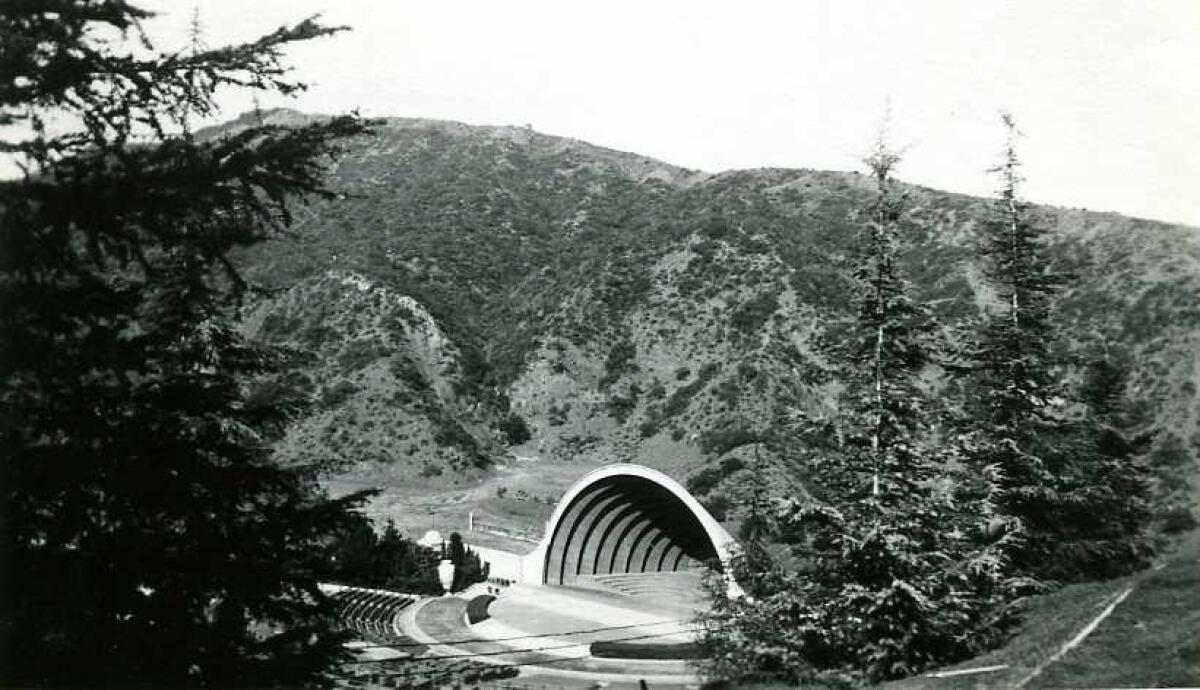
Times theater critic Charles McNulty has a look at an early theatrical presentation that was all about taking advantage of the Bowl’s incredible outdoor setting: Max Reinhardt’s 1934 production of Shakespeare’s “A Midsummer Night’s Dream.” “Operating on the scale of a small military operation,” writes McNulty, “the production featured an ensemble of more than 400 artists, including 18 principals, 60 or so dancers and several hundred extras.”
Culture columnist Mary McNamara writes about how the Bowl embodies all the best and worst of the city: “The wonderful weather and the terrible traffic; the penchant for picnicking and the abysmal lack of parking; the fireworks-loving, artistic soul of the city and its omnipresent car alarms and police helicopters.”
Former Times pop music critic Robert Hilburn recalls his most memorable concert at the Bowl: Janis Joplin in 1969. And Laurie Ochoa, previously my editor (miss her!) and now a general manager of The Times’ Food section, writes about how the Bowl’s famous dollar seats changed her life.
Enjoying this newsletter? Consider subscribing to the Los Angeles Times
Your support helps us deliver the news that matters most. Become a subscriber.
Karen Garcia sorts out all the BYOB rules, and Stephanie Breijo, Jenn Harris and Lucas Kwan Peterson round up the best spots to pick up a picnic meal in the vicinity.
Plus, there is much more — including recommendations on how to pack the perfect Bowl picnic, tips on hiking the area around the Bowl, and because L.A. is unable to connect important venues with mass transit, a guide to arriving and, God forbid, parking.
See our complete Bowl coverage at this handy link.
Performance notes
Playwright Heidi Schreck is taking her critically acclaimed play “What the Constitution Means to Me,” which deals with the subject of her own abortion, back to the stage for a one-night-only reading to raise funds for the National Network of Abortion Funds. “The extent to which the [Constitution] is treated like a holy document, by people on both sides, I think, is a problem,” she tells Jessica Gelt. “Because it can be interpreted, and it does become like a Rorschach test. You can see whatever you want.”
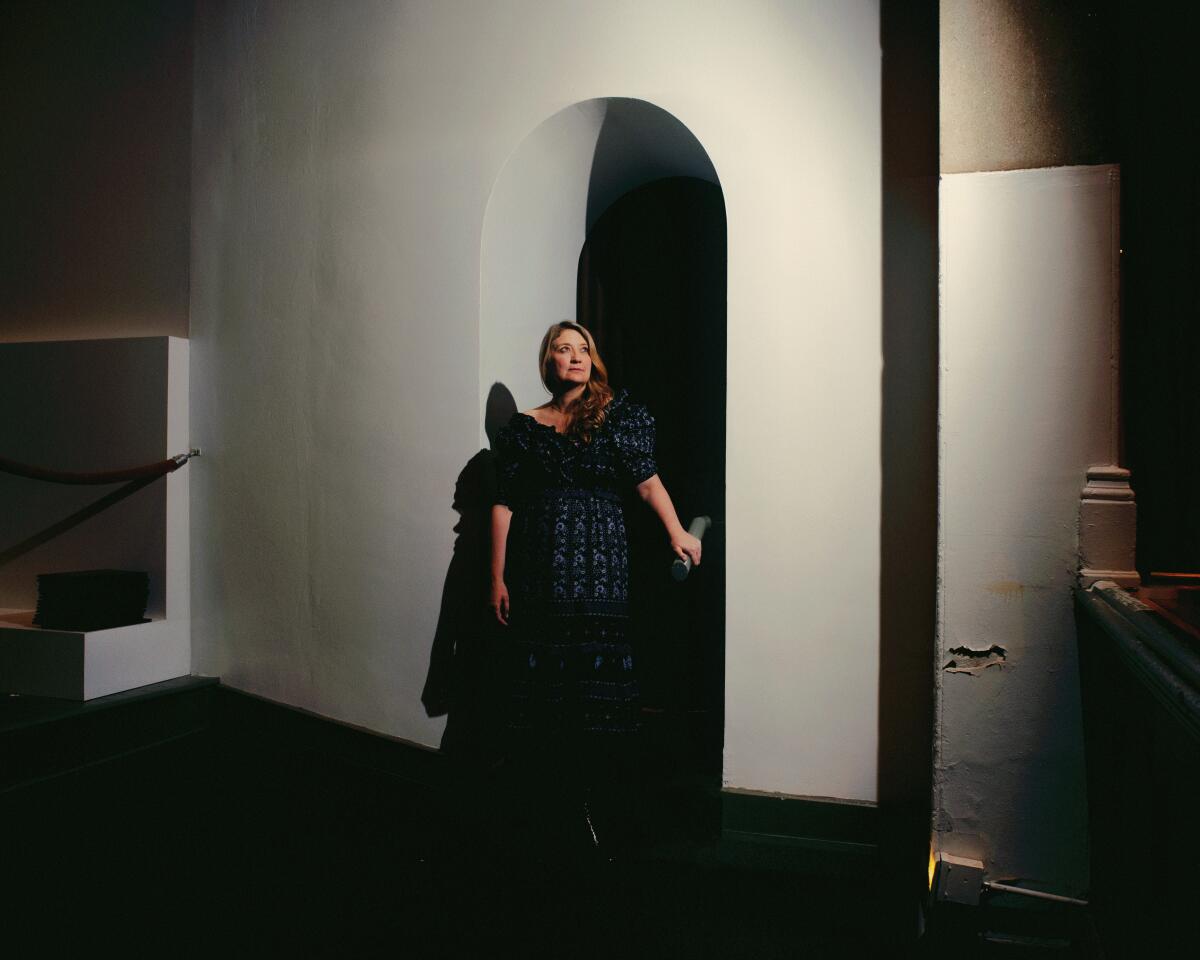
For nearly half of his career, veteran musical director James Conlon has made it an aim to perform and promote music by composers whose lives were disrupted by the Nazis. “It’s not a monolithic group of people,” Conlon tells contributor Evangeline Barrosse. “Every story is different. They are together after death, so to speak, because of things beyond their control.”
Art and design
“The ripping sound must have been horrific.” That’s Times art critic Christopher Knight writing about the 1985 heist of the Willem de Kooning painting “Woman-Ochre” (1954-55), when it was cut out of its frame at the University of Arizona Museum of Art in Tucson — and later turned up at an antiques shop in New Mexico. Knight reports about the laborious conservation processes undertaken by the Getty Museum to bring a painting that seemed dead back to life. “‘Woman-Ochre’ is not perfect...” he writes, “but conservators have returned the painting to a state of remarkable cohesion.”
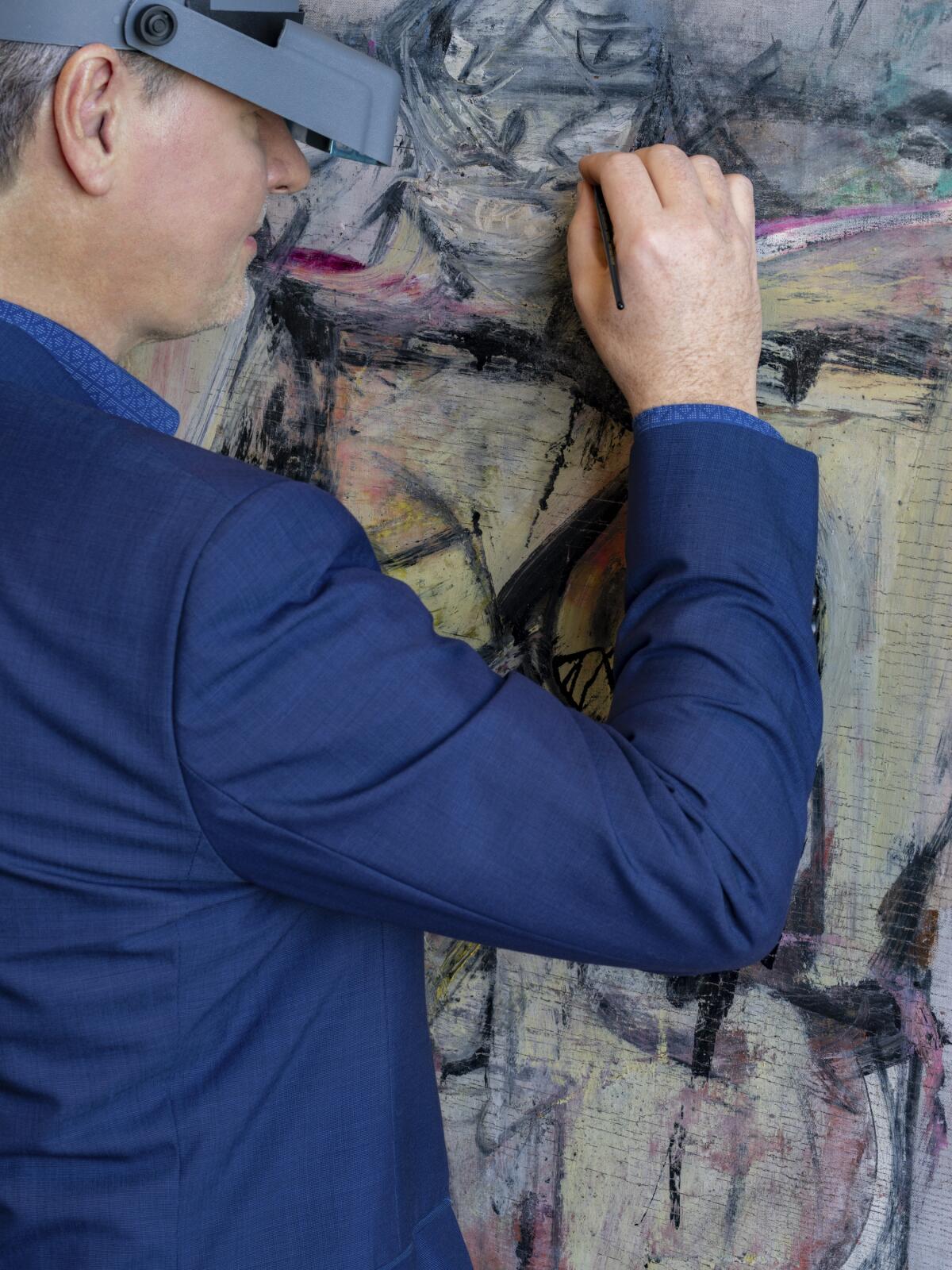
Frieze Los Angeles is moving again! To the Santa Monica Airport in 2023, reports my colleague Deborah Vankin. The fair, which began life at the Paramount backlot then relocated to the Beverly Hilton earlier this year (where patrons were famously starved), will now occupy the space once held by Art Los Angeles Contemporary, which appears to have disappeared into the ether. So glad to see the out-of-towners catching up to what the Angelenos were doing all along.
The California Science Center broke ground this week on a new museum structure created by architecture firm ZGF to house the space shuttle Endeavour. It will be the only museum to display one of the three surviving space shuttles with the spacecraft’s nose pointing up, giving an impressive sense of its scale. And it will make for a complex construction project, report Rong-Gong Lin II and Andrew J. Campa.
The California Museum of Art Thousand Oaks, a small, nonprofit exhibition space at the Oaks mall, announced this week via email that it would shut down on June 19 after nearly a decade in operation due to “extensive revenue losses” as a result of the COVID-19 pandemic. “While some generous sponsors and government and foundation grants have provided additional funding for the museum during this difficult period,” the museum’s board chair stated in a letter to patrons, “we were unable to regain enough momentum to cover our $250,000 annual operating budget.”
Forgive the typo
In last week’s newsletter, I listed the inventor of the Braille alphabet as Louise Braille instead of Louis. Oooops!
Essential happenings
🏳️🌈 Happy Pride Month! Matt Cooper has all the happenings, including Pride events in Santa Monica and West Hollywood and a “dragstravaganza” hosted by Lady Bunny. Plus, my colleagues Adam Tschorn and Arit John have a map of 20 important official and improvised queer landmarks across L.A.
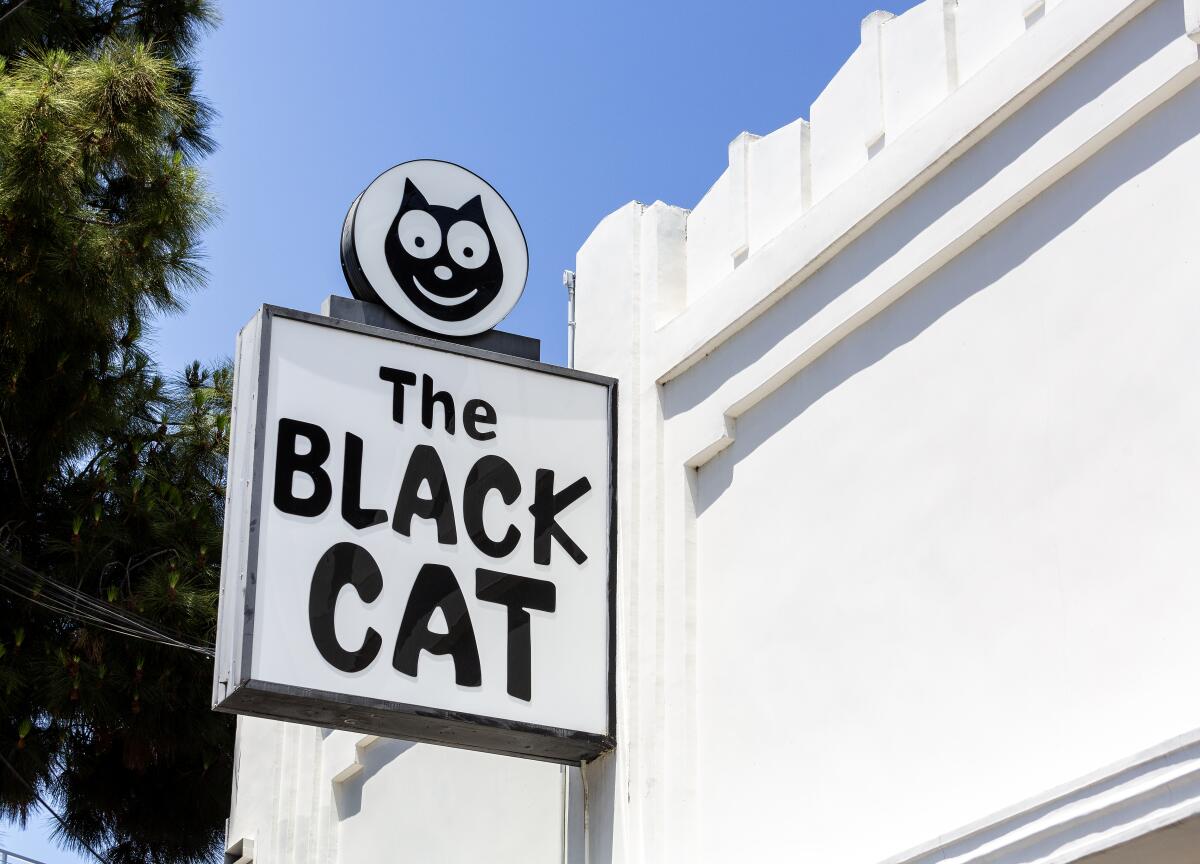
Cooper also rounds up the best L.A. and O.C. museum shows to see in June, including the opening of the Cheech in Riverside and “100 Great British Drawings” at the Huntington Library, and he also has six culture picks for the weekend, which include flamenco dance and the final weekend in which to catch the Pipilotti Rist show at MOCA.
Passages
Samella Lewis, an L.A.-based artist, teacher, curator, activist, historian, educator and gallerist, who helped elevate work by Black artists for almost eight decades and helped found the Museum of African American Art, has died at 99. LACMA’s Naima J. Keith says Lewis “changed art history forever.”
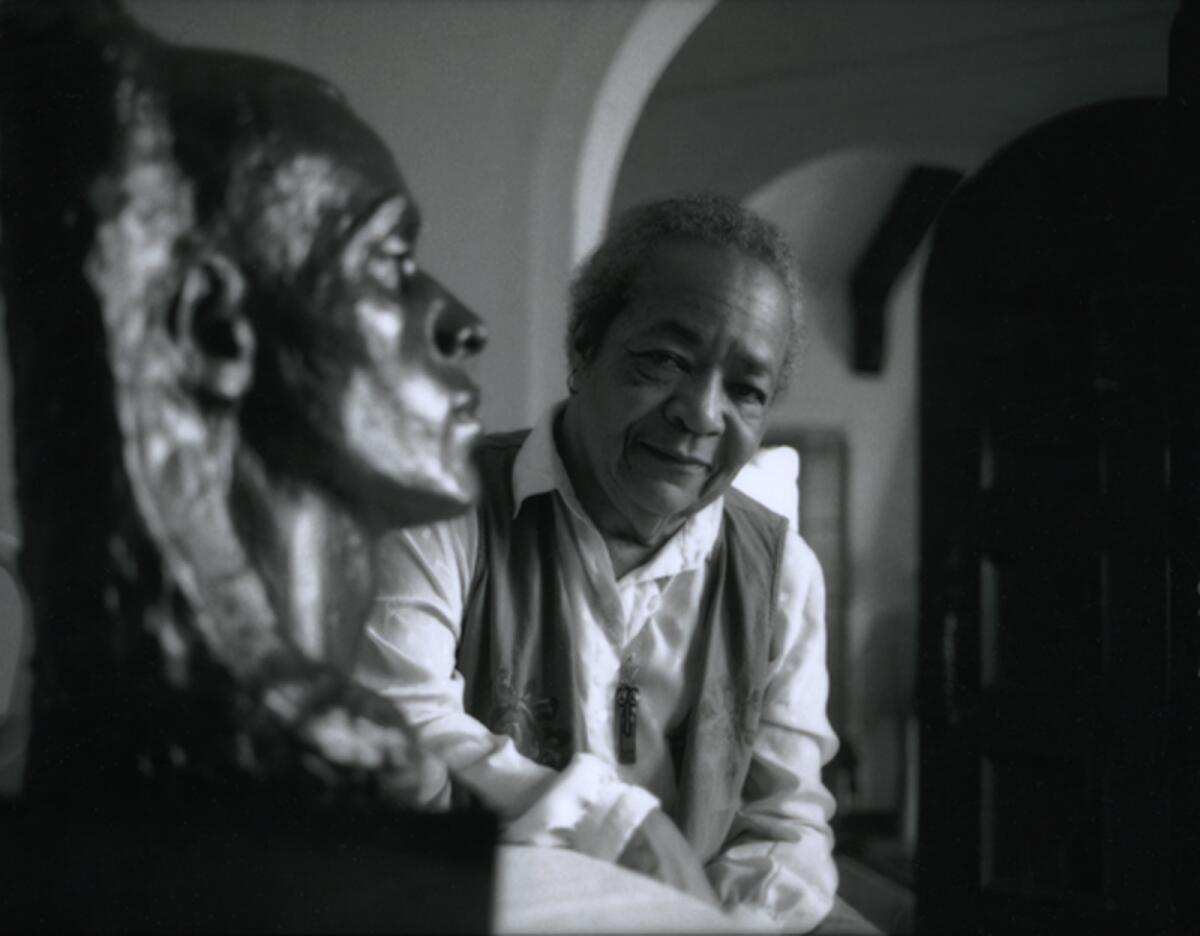
Susan Svrček, a founding member of Piano Spheres, a musician of “versatility, intelligence and strong fingers,” as once described by a Times critic, has died at 71. Her death was announced by Piano Spheres on Wednesday.
In other news
— Story of the week: Those mystery Basquiats that popped up in an exhibition Orlando? The FBI is now investigating.
— During an overnight break-in, a vandal destroyed millions of dollars worth of art at the Dallas Museum of Art. The Dallas Morning News outlined the four works that were smashed.
— A leaked draft report, first reported on by the Harvard Crimson, says that Harvard University holds the remains of roughly 7,000 Native Americans and possibly 19 enslaved people.
— When Susan Jaffe takes over as artistic director of American Ballet Theatre, for the first time in history women will lead two of the nation’s three major ballet companies. Washington Post dance critic Sarah L. Kaufman has a look at what this could mean for ballet.
— How some choreographers are adapting the dance films they made during the pandemic to live performance.
— Rebecca Mead has an interesting story in the New Yorker about the Scandinavian architects rethinking the all-glass tower. Their favored material is an oldie but goodie: wood.
And last but not least ...
TikTokker @overaroundthrough imagines the firearms safety training for teachers.
The biggest entertainment stories
Get our big stories about Hollywood, film, television, music, arts, culture and more right in your inbox as soon as they publish.
You may occasionally receive promotional content from the Los Angeles Times.




